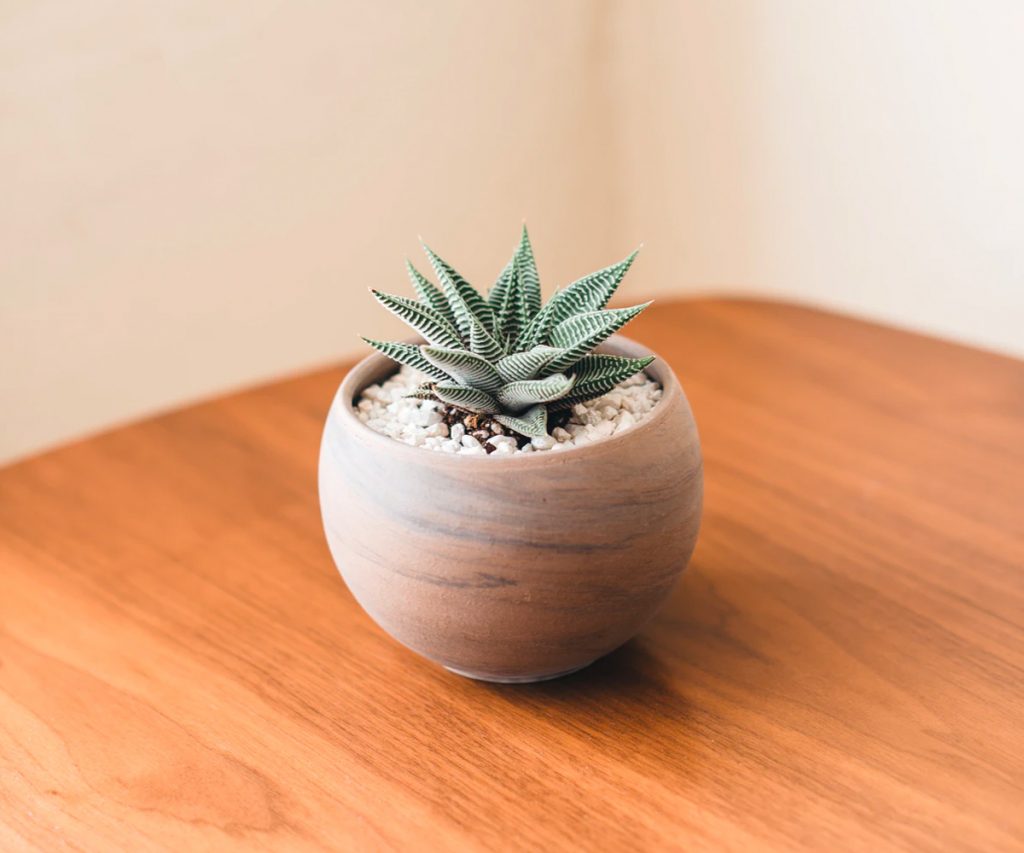The way we live, dress, and care for ourselves is constantly shifting in response to cultural movements, technological advances, and a growing awareness of our impact on the planet. Today’s modern lifestyle trends reflect a desire for authenticity, sustainability, and personal well-being. From the clothes we choose to wear to the wellness practices we adopt, contemporary life is shaped by a blend of innovation and introspection. This exploration delves into the evolving world of fashion and the holistic approaches to self-care that define our current era.
Contemporary fashion evolution and style movements
Fashion has always been a mirror of society, and recent years have witnessed a remarkable transformation in how we perceive and consume clothing. The industry is no longer solely about following seasonal runways or adhering to rigid dress codes. Instead, it has become a vibrant space for self-expression, where individuality and ethical considerations play central roles. The rise of digital platforms and social media has accelerated the spread of trends, allowing diverse voices and styles to gain visibility and influence. This democratisation of fashion means that what was once dictated by a handful of designers is now co-created by millions of people sharing their personal style online.
Technology has also revolutionised the shopping experience, with virtual try-ons and augmented reality tools making it easier for consumers to experiment with new looks from the comfort of their homes. These innovations not only enhance accessibility but also reduce the need for physical inventory, contributing to a more efficient and less wasteful industry. As fashion becomes more intertwined with lifestyle choices, the emphasis on quality over quantity has grown stronger. People are increasingly seeking pieces that reflect their values and can be worn in multiple ways, rather than disposable items that quickly fall out of favour.
The Rise of Sustainable and Ethical Clothing Choices
One of the most significant shifts in modern lifestyle trends is the move towards sustainable fashion. Consumers are becoming more aware of the environmental and social impact of their clothing purchases, prompting a demand for brands that prioritise eco-friendly materials and fair labour practices. This growing consciousness has led to the popularity of organic cotton, recycled fabrics, and innovative textiles made from unexpected sources such as pineapple leaves or ocean plastic. The concept of slow fashion, which encourages buying fewer but better-made garments, stands in stark contrast to the fast fashion model that dominated the early twenty-first century.
Ethical clothing is not just about the materials used; it also encompasses transparency in the supply chain and a commitment to reducing carbon footprints. Many brands now provide detailed information about where and how their products are made, allowing consumers to make informed choices. This transparency fosters trust and loyalty, as shoppers feel more connected to the journey of their garments. Additionally, the rise of second-hand and vintage shopping has gained momentum, with online platforms and local markets offering pre-loved items that carry their own unique stories. This approach not only extends the life of clothing but also adds a distinctive character to personal wardrobes.
The minimalist style has also gained traction, with its focus on simplicity, clean lines, and versatile pieces that can be mixed and matched effortlessly. This aesthetic aligns well with sustainable principles, as it promotes a curated wardrobe rather than an overflowing closet. By investing in timeless staples, individuals can reduce waste and develop a signature look that evolves subtly over time. The minimalist movement encourages mindful consumption, urging people to consider the true value and longevity of each purchase.
Street style and high fashion: blurring traditional boundaries
The relationship between street style and high fashion has never been more fluid. What was once seen as a clear divide has dissolved, with designers drawing inspiration from urban culture and everyday wear, while street style enthusiasts incorporate luxury pieces into their outfits. This blending of worlds reflects a broader cultural shift towards inclusivity and the celebration of diverse influences. Genderless fashion has emerged as a powerful trend, challenging traditional norms and offering clothing that transcends binary classifications. This movement is not just about aesthetics; it represents a deeper conversation about identity and self-expression.
Fashion weeks around the globe now spotlight collections that embrace bold colours, unexpected textures, and innovative silhouettes, often inspired by the energy and creativity of street culture. The influence of globalisation is evident, as designers incorporate elements from different cultures, creating hybrid styles that resonate with a wider audience. This cross-pollination of ideas has enriched the fashion landscape, making it more dynamic and representative of our interconnected world. The emphasis on personal style over conformity has empowered individuals to experiment and take risks, leading to a richer tapestry of sartorial expression.
The role of influencers and content creators cannot be understated in this evolution. Their ability to reach vast audiences and shape opinions has made them key players in the fashion ecosystem. They often serve as bridges between brands and consumers, offering authentic insights and styling tips that resonate with their followers. This democratisation has shifted power away from traditional gatekeepers, allowing for a more inclusive and varied representation of beauty and style.
Modern Approaches to Personal Well-being and Self-Care
As the pace of life accelerates, the importance of personal well-being has come to the forefront of modern lifestyle trends. Self-care is no longer viewed as an indulgence but as a necessary practice for maintaining physical, mental, and emotional health. This shift reflects a broader understanding that true wellness extends beyond the absence of illness, encompassing a holistic approach that nurtures the mind, body, and spirit. The integration of wellness practices into daily routines has become a priority for many, driven by a desire to achieve balance and resilience in the face of daily challenges.
The digital lifestyle, characterised by remote work and constant connectivity, has brought both opportunities and stresses. While technology enables flexibility and access to information, it also demands intentional boundaries to prevent burnout. People are increasingly recognising the need to unplug and engage in activities that restore their energy and focus. This awareness has fuelled interest in practices that promote mindfulness, relaxation, and a deeper connection with oneself and the environment.

Holistic wellness practices gaining popularity
Holistic health approaches have gained widespread acceptance, with practices such as yoga, meditation, and plant-based diets becoming integral to many people’s lives. These methods emphasise the interconnectedness of body and mind, encouraging individuals to address the root causes of discomfort rather than merely treating symptoms. The rise of wellness retreats and community classes reflects a collective desire to invest in experiences that foster growth and healing. Managing stress is key to personal development, and many are turning to natural remedies and lifestyle adjustments to support their well-being.
Plant-based diets have surged in popularity, driven by concerns about health, animal welfare, and environmental sustainability. This dietary shift is not about strict rules but rather a flexible approach that incorporates more fruits, vegetables, legumes, and whole grains. The benefits of such diets are widely documented, including improved energy levels, better digestion, and a reduced risk of chronic diseases. A holistic approach helps women cultivate physical and mental health, while preventing chronic diseases, and this principle applies broadly across all demographics seeking to enhance their quality of life.
Eco-friendly travel and zero-waste living are also part of the wellness conversation, as people seek to align their lifestyles with their values. Choosing sustainable transportation, supporting local businesses, and reducing single-use plastics are practical steps that contribute to both personal satisfaction and planetary health. These choices reflect a growing environmental consciousness and a recognition that individual actions can collectively make a significant impact.
Mindfulness and Mental Health in Daily Routines
Mindfulness has emerged as a cornerstone of mental well-being, offering tools to navigate the complexities of contemporary life with greater clarity and calm. This practice involves paying attention to the present moment without judgement, which can help reduce anxiety, improve focus, and enhance emotional regulation. Incorporating mindfulness into daily routines can be as simple as taking a few deep breaths before a meeting, savouring a meal without distractions, or spending time in nature. The accessibility of mindfulness techniques makes them appealing to a wide audience, from busy professionals to students and parents.
Mental health is now discussed more openly, with a growing recognition that emotional and psychological well-being are just as important as physical health. This cultural shift has encouraged people to seek support when needed, whether through therapy, support groups, or self-help resources. The stigma that once surrounded mental health issues is gradually diminishing, replaced by a more compassionate and informed understanding. The emphasis on mental well-being is reflected in workplace policies, educational programmes, and public health campaigns, all of which aim to create environments that support holistic health.
Stress management techniques, including journaling, creative expression, and regular exercise, have become popular tools for maintaining balance. These activities provide an outlet for processing emotions and can serve as a form of self-care that rejuvenates the mind. Celebrating diversity and inclusivity in wellness spaces ensures that everyone, regardless of background or identity, can find practices and communities that resonate with them. This inclusivity extends to beauty standards, which are increasingly embracing a wider range of body types, skin tones, and personal styles, reflecting a more authentic and diverse representation of humanity.
The intersection of fashion and wellness is evident in the growing market for athleisure and comfortable clothing designed to support active lifestyles. These garments blend functionality with style, allowing individuals to move seamlessly from workout sessions to social gatherings without sacrificing comfort or aesthetics. The emphasis on personalisation in both fashion and wellness means that people can tailor their choices to suit their unique needs and preferences, creating a lifestyle that feels both intentional and authentic.
As modern lifestyle trends continue to evolve, the common thread is a desire for greater authenticity, sustainability, and well-being. Whether through the clothes we wear or the wellness practices we embrace, the choices we make reflect our values and aspirations. The future promises further innovation and integration, as technology, culture, and environmental awareness converge to shape a more connected and mindful way of living.






